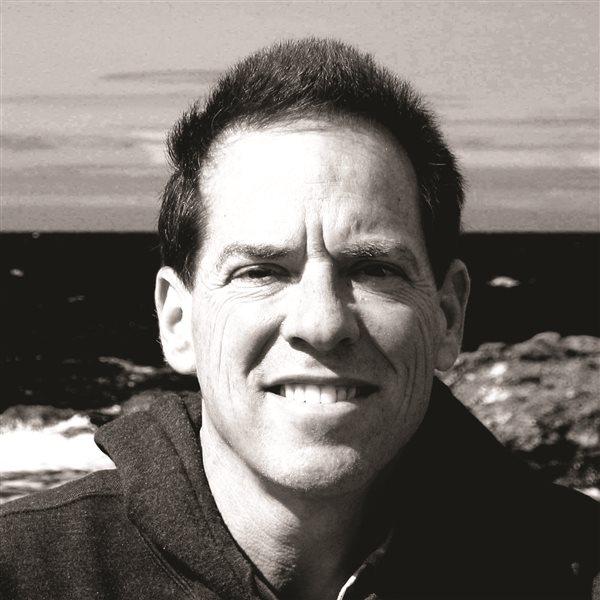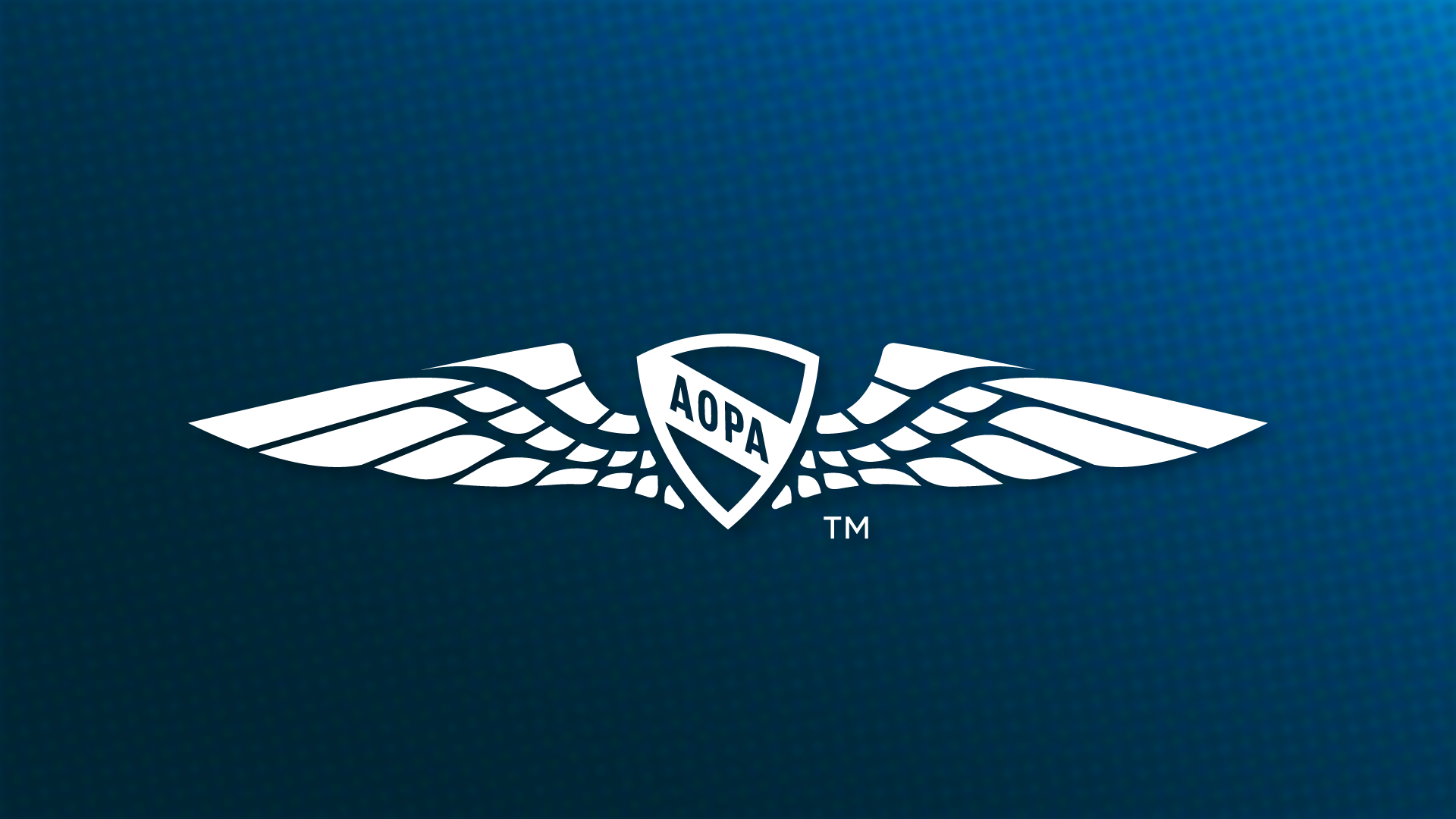Finally, we’re on our way!” said Jean as we steered west toward California. We’d postponed this trip to visit our son, Hannis, for more than a month because of the devastating Station Fire threatening Los Angeles. Although the fire was still only partially contained, authorities now boasted some semblance of control, and for the coming few days southwesterly winds were forecast to blow the smoke away from the city. So with no end to the conflagration in sight, we’d taken flight.
 I will admit to some apprehension about today’s journey. In addition to dodging lots of military airspace along this route, because of the fire we faced gargantuan temporary flight restrictions over the entire San Gabriel mountain range separating Los Angeles from the Mojave Desert. Our destination, Burbank’s Bob Hope Airport, is nestled on the other side, meaning we must circumnavigate the fire or fly over it. The logistics seemed daunting.
I will admit to some apprehension about today’s journey. In addition to dodging lots of military airspace along this route, because of the fire we faced gargantuan temporary flight restrictions over the entire San Gabriel mountain range separating Los Angeles from the Mojave Desert. Our destination, Burbank’s Bob Hope Airport, is nestled on the other side, meaning we must circumnavigate the fire or fly over it. The logistics seemed daunting.
One option was to enter the L.A. Basin east of our destination and thread the crowded corridor between Los Angeles Class B airspace (permission required to enter) and the San Gabriel Mountains. Another was to detour north of the fire-restricted area almost to the Pacific coast and then backtrack to Burbank, adding an hour to the flight. Most direct would be to overfly the fire and restricted area, potentially exposing us to smoke and raising questions about descending clear of L.A.’s Class B airspace.
Aggravating this decision were huge swaths of restricted military airspace in the Mojave Desert north of Los Angeles, meaning we must choose our flight path many miles out. One thing for sure: We didn’t want to penetrate smoke for any length of time in our porous Flying Carpet, so I decided against filing instruments and losing control of our route.
After fruitlessly pondering so many flight-planning options before takeoff, I’d finally resolved to manage our route aloft, based on actual conditions approaching Los Angeles.
In the meantime, we entertained ourselves comparing the handful of hamlets passing beneath our wings on today’s three-hour journey, to the five states and countless cities we crossed on a far shorter Maryland-to-South-Carolina flight last summer. Frankly, crossing 200 empty miles of the barren and brutal Mojave Desert is a little disconcerting.
It was probably 108 degrees Fahrenheit down in the Mojave Desert, but we enjoyed blue skies, radar flight following, and occasional relatively flat surfaces we could land upon. What’s more, our back seat brimmed with emergency niceties including food and water, a portable GPS, a radio transceiver, and a survival kit. Soon, however, an ominous shadow displaced the cobalt sky ahead.
 “Kinda creepy!” said Jean of the monstrous smoke plume, billowing northeast from the San Gabriels. Aircraft ahead of us reported smoke above 9,000 feet, so after consulting SoCal Approach we decided the least risky route was to turn south at Victorville, short of the fire, and transit Cajon Pass near Ontario. From there we hugged the San Gabriel Mountains for 50 miles to safe haven at Bob Hope Airport. Along the way were heart-stopping, eye-level vistas of roiling flames and smoke threatening the Mount Wilson Observatory.
“Kinda creepy!” said Jean of the monstrous smoke plume, billowing northeast from the San Gabriels. Aircraft ahead of us reported smoke above 9,000 feet, so after consulting SoCal Approach we decided the least risky route was to turn south at Victorville, short of the fire, and transit Cajon Pass near Ontario. From there we hugged the San Gabriel Mountains for 50 miles to safe haven at Bob Hope Airport. Along the way were heart-stopping, eye-level vistas of roiling flames and smoke threatening the Mount Wilson Observatory.
When finally we landed, a faint odor of smoke lingered in the air as Hannis helped us unload and chock the airplane. (Like many Southern California airports, Burbank offers no tiedowns; thanks to benign weather here, they’re rarely required.) We unwound from the flight sipping cappuccinos with our son.
Over the next two delightful days we surveyed progress on Hannis’s new solo album, toured the L.A. County Museum of Art, strolled Manhattan Beach, and savored ethnic food and gourmet desserts. Jean and I always enjoy a grand time in L.A., until the traffic congestion gets to us. Then we happily escape back to clean and peaceful northern Arizona.
I’d planned to depart Burbank under visual flight rules, but when smoky haze obscured the mountains surrounding the airport I reconsidered and filed an instrument flight plan. On departure, to my surprise, we were vectored northward directly through the Station Fire restricted area. Following a brief and benign smoke encounter downwind of the fire, we turned in clear desert skies toward home.
Beyond the Colorado River our Flying Carpet pierced sparkling veils of fair-weather rain, and before long the San Francisco Peaks materialized amid a gaggle of showers.
“It was great seeing Hannis,” said Jean, snagging a water droplet from the overhead air vent. “I always enjoy visiting L.A. and especially hanging out at the beach. But what a relief this cool rain is, after all that harsh desert and smoke.”
I banked the airplane and pointed out the window. And as if specially arranged for our arrival, concentric rainbows welcomed us home.



